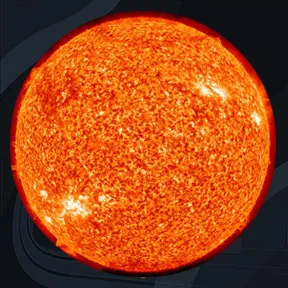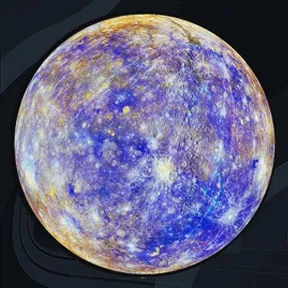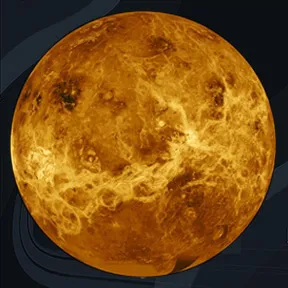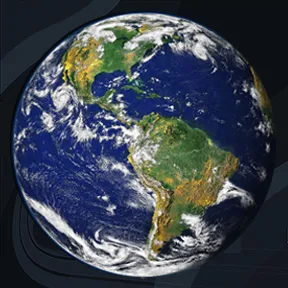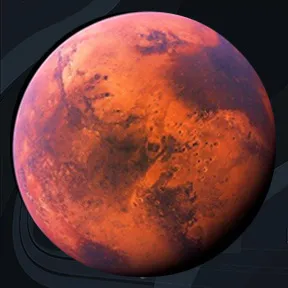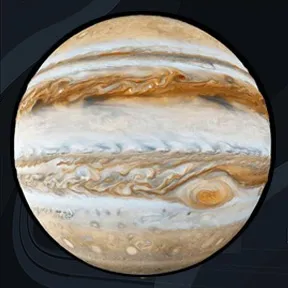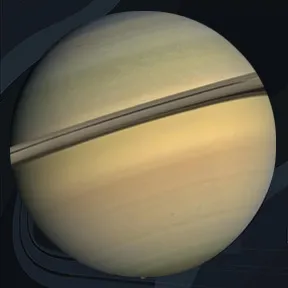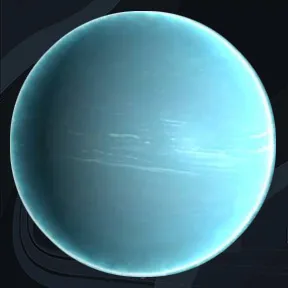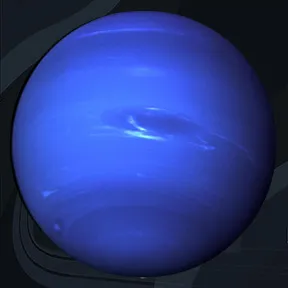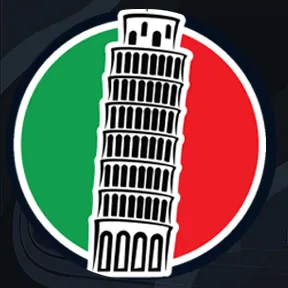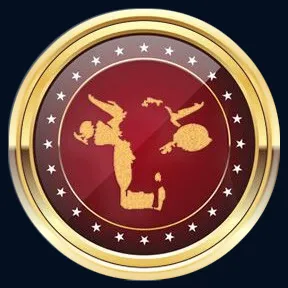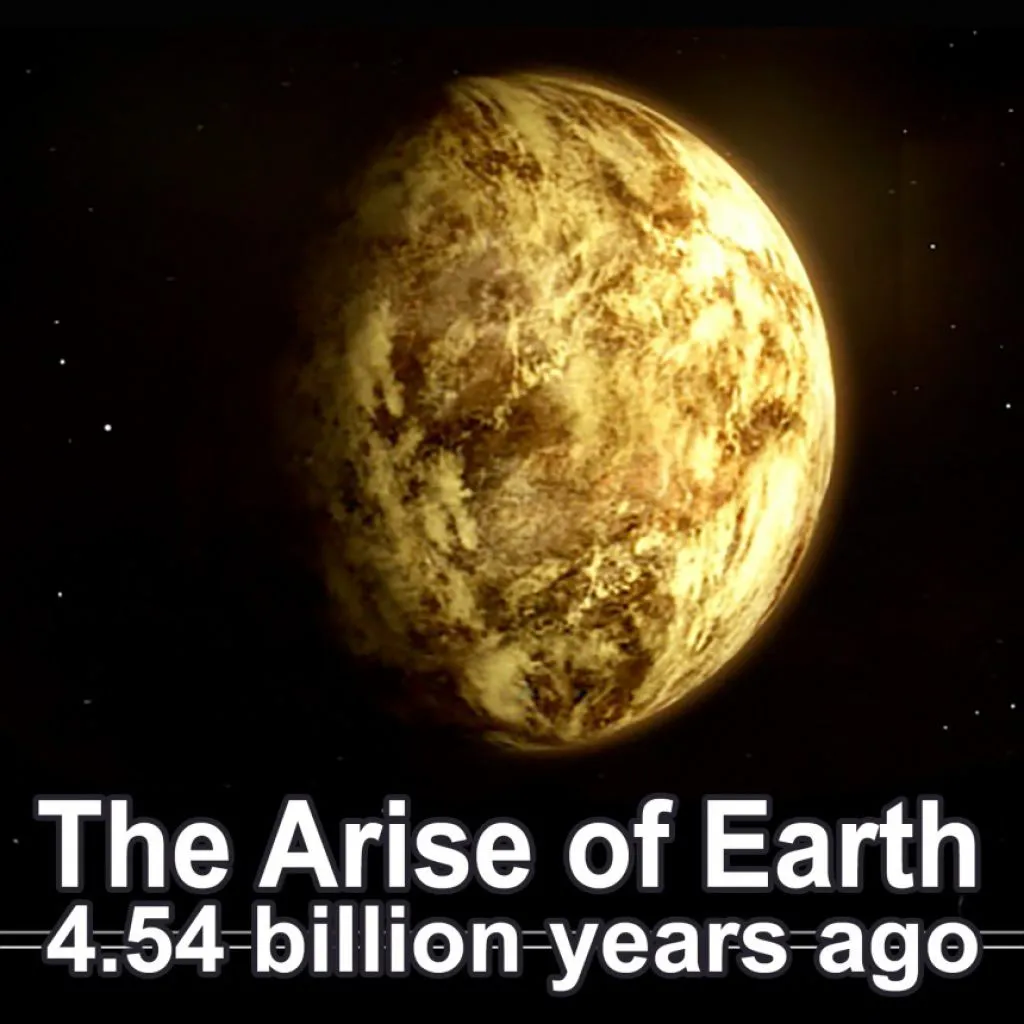
The Arise of Earth
Earth was created between 4.5 and 4.6 billion years ago, when our solar system took shape around the sun.
Born from exploding stars called supernovae, the new star gathered a swirling disk of dust and gases around it. As the sun heated up, this orbiting matter accumulated, and successively larger bodies collided to eventually create protoplanets with their own gravitational pull.
The emerging Earth survived a massive interplanetary collision that threw up the moon. Heat generated by such bombardments, the breakdown of radioactive elements, and the pressure of contraction meant the planet started out a molten mass.
A rocky outer crust formed once it started to cool.
Earth is the third planet from the Sun and is the largest of the terrestrial planets in the Solar System, in both diameter and mass. It is also referred to as the Earth, Planet Earth, Gaia, Terra and "the World".
Home to millions of species including humans, Earth is the only place in the universe where life is known to have originated. Scientific evidence indicates that the planet formed 4.54 billion years ago, and life appeared on its surface within a billion years.
Since then, Earth's biosphere has significantly altered the atmosphere and other abiotic conditions on the planet, enabling the proliferation of aerobic organisms as well as the formation of the ozone layer which, together with Earth's magnetic field, blocks harmful radiation, permitting life on land.
Earth's outer surface is divided into several rigid segments, or tectonic plates, that gradually migrate across the surface over periods of many millions of years.
About 71% of the surface is covered with salt-water oceans, the remainder consisting of continents and islands; liquid water, necessary for all known life, is not known to exist on any other planet's surface.
Earth's interior remains active, with a thick layer of relatively solid mantle, a liquid outer core that generates a magnetic field, and a solid iron inner core.
Earth interacts with other objects in outer space, including the Sun and the Moon. At present, Earth orbits the Sun once for every roughly 366.26 times it rotates about its axis.
This length of time is a sidereal year, which is equal to 365.26 solar days. The Earth's axis of rotation is tilted 23.4° away from the perpendicular to its orbital plane, producing seasonal variations on the planet's surface with a period of one tropical year.
Earth's only known natural satellite, the Moon, which began orbiting it about 4.53 billion years ago, provides ocean tides, stabilizes the axial tilt and gradually slows the planet's rotation.
A cometary bombardment during the early history of the planet played a role in the formation of the oceans. Later, asteroid impacts caused significant changes to the surface environment.
Long term periodic changes in the Earth's orbit, caused by the gravitational influence of other planets, are believed to have given rise to the ice ages that have intermittently covered significant portions of Earth's surface in glacial sheets.
HISTORY OF EARTH
Scientists have been able to reconstruct detailed information about the planet's past. Earth and the other planets in the Solar System formed 4.54 billion years ago out of the solar nebula, a disk-shaped mass of dust and gas left over from the formation of the Sun.
Initially molten, the outer layer of the planet Earth cooled to form a solid crust when water began accumulating in the atmosphere.
The Moon formed soon afterwards, possibly as the result of a Mars-sized object (sometimes called Theia) with about 10% of the Earth's mass impacting the Earth in a glancing blow. Some of this object's mass merged with the Earth and a portion was ejected into space, but enough material survived to form an orbiting moon.
Outgassing and volcanic activity produced the primordial atmosphere. Condensing water vapor, augmented by ice delivered by comets, produced the oceans. The highly energetic chemistry is believed to have produced a self-replicating molecule around 4 billion years ago, and half a billion years later, the last common ancestor of all life existed.
The development of photosynthesis allowed the Sun's energy to be harvested directly by life forms; the resultant oxygen accumulated in the atmosphere and resulted in a layer of ozone (a form of molecular oxygen [O3]) in the upper atmosphere. The incorporation of smaller cells within larger ones resulted in the development of complex cells called eukaryotes.
True multicellular organisms formed as cells within colonies became increasingly specialized. Aided by the absorption of harmful ultraviolet radiation by the ozone layer, life colonized the surface of Earth.
As the surface continually reshaped itself, over hundreds of millions of years, continents formed and broke up.
The continents migrated across the surface, occasionally combining to form a supercontinent. Roughly 750 million years ago (mya), the earliest known supercontinent, Rodinia, began to break apart.
The continents later recombined to form Pannotia, 600–540 mya, then finally Pangaea, which broke apart 180 mya.
Since the 1960s, it has been hypothesized that severe glacial action between 750 and 580 mya, during the Neoproterozoic, covered much of the planet in a sheet of ice. This hypothesis has been termed "Snowball Earth", and is of particular interest because it preceded the Cambrian explosion, when multicellular life forms began to proliferate.
CAMBRIAN EXPLOSION
Following the Cambrian explosion, about 535 mya, there have been five mass extinctions. The last extinction event occurred 65 mya, when a meteorite collision probably triggered the extinction of the (non-avian) dinosaurs and other large reptiles, but spared small animals such as mammals, which then resembled shrews.
Over the past 65 million years, mammalian life has diversified, and several mya, an African ape-like animal gained the ability to stand upright. This enabled tool use and encouraged communication that provided the nutrition and stimulation needed for a larger brain.
The development of agriculture, and then civilization, allowed humans to influence the Earth in a short time span as no other life form had, affecting both the nature and quantity of other life forms.
The present pattern of ice ages began about 40 mya, then intensified during the Pleistocene about 3 mya. The polar regions have since undergone repeated cycles of glaciation and thaw, repeating every 40–100,000 years. The last ice age ended 10,000 years ago.

